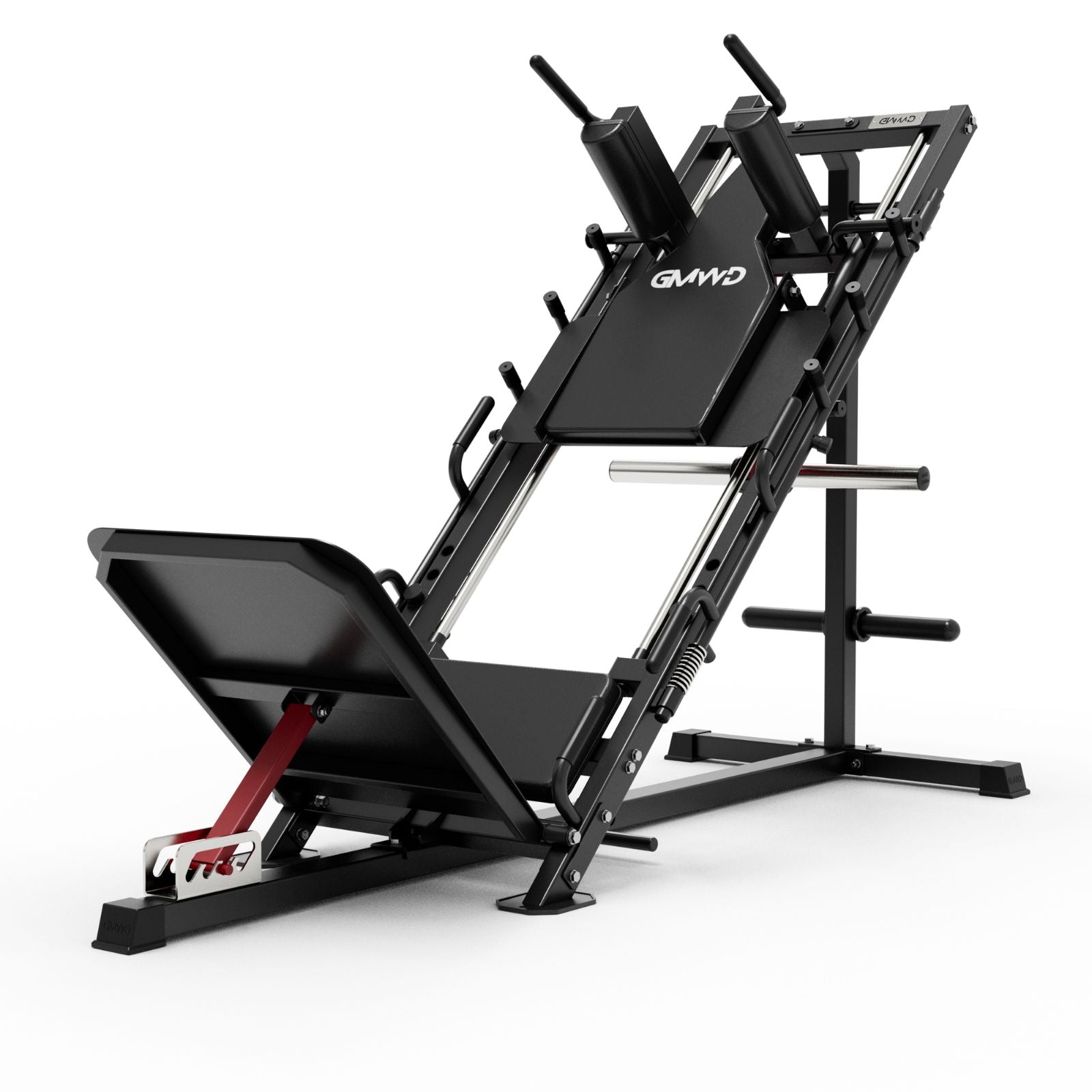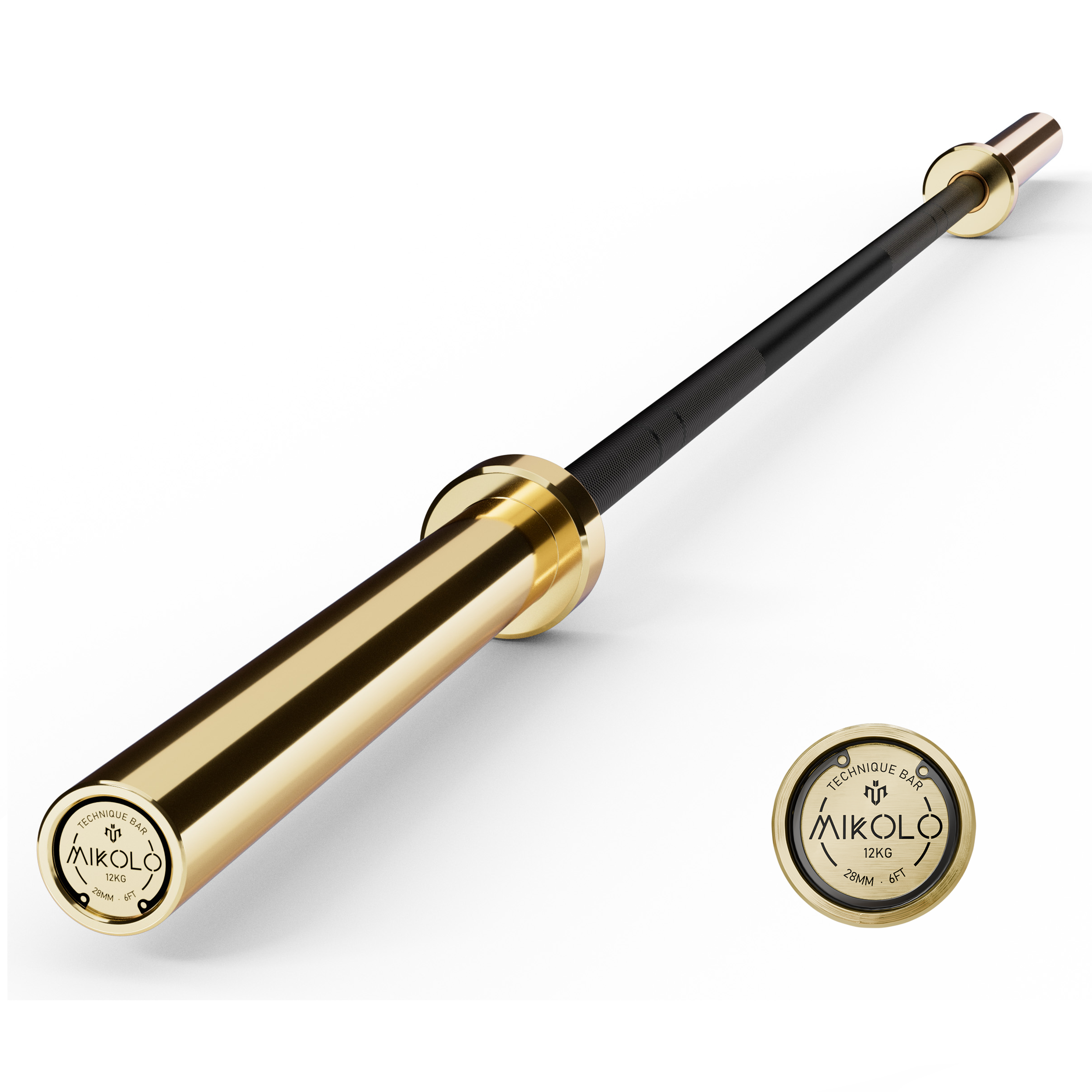The bench press is one of the most popular and effective strength training exercises, commonly used by both beginners and seasoned lifters. It targets several key muscles in the upper body, promoting both strength and hypertrophy. Let’s dive into what muscles are activated during a bench press workout and why it’s such an essential exercise for building upper body strength.
1. Pectoralis Major (Chest Muscles)
The primary muscle group targeted during a bench press is the pectoralis major, the large muscle in your chest. This muscle plays a significant role in the pushing movement. When you lower the barbell or dumbbells to your chest and press them back up, the pectoralis major is activated to extend your arms and press the weight upward. The chest is typically the muscle group that feels the most strain during this exercise, especially if you're focusing on hypertrophy (muscle growth).
The upper portion of the pectoralis major (clavicular head) is activated more when performing an incline bench press, while the lower portion (sternal head) works more during a flat bench press.
2. Deltoids (Shoulders)
While the chest is the primary muscle worked, the deltoids, or shoulder muscles, also play a significant role in the bench press. Specifically, the anterior deltoid, which is the front part of your shoulder, helps in stabilizing and pressing the weight. As the bar moves upward, the deltoids assist the chest muscles by providing additional force to lift the load.
In variations such as the incline bench press, the deltoids are even more involved, especially in pressing the weight at a different angle.
3. Triceps Brachii (Back of the Arm)
The triceps are crucial for the completion of the bench press. Located on the back of your upper arm, the triceps help extend your elbow, which is necessary for the final push of the barbell away from your chest. The triceps work to lock out your arms at the top of the movement.
When performing the bench press with a narrow grip, more emphasis is placed on the triceps because the movement requires greater elbow extension. On the other hand, a wider grip bench press shifts more focus to the chest and shoulders.
4. Serratus Anterior (Side of the Chest)
The serratus anterior, often referred to as the "boxer's muscle," is located on the side of the chest and wraps around to the ribcage. This muscle aids in the movement of your scapula (shoulder blade) during the bench press. It works to stabilize your scapula as you press the barbell upward, preventing your shoulders from rising during the movement and ensuring a controlled press.
The serratus anterior is especially active during the lockout phase of the bench press, helping to stabilize the shoulder joint and improve overall pressing strength.
5. Rhomboids and Trapezius (Upper Back)
While the focus of the bench press is on the chest, shoulders, and triceps, the muscles in your upper back, including the rhomboids and trapezius, also play an important role in stabilizing your body during the lift. These muscles help maintain proper posture, keep your shoulders retracted, and stabilize your shoulder girdle.
Strong rhomboids and trapezius muscles help ensure that your form remains intact throughout the movement, which is essential for both safety and effectiveness.
6. Latissimus Dorsi (Lats)
The latissimus dorsi, or lats, located in your back, also play a role in the bench press. While not as heavily involved as the chest or triceps, the lats work to stabilize your torso and assist with the movement. They help keep your body tight and provide a stable base from which you can push the weight.
Proper lat engagement helps prevent the arching of the lower back and ensures you maintain a strong, stable position throughout the lift.
7. Core Muscles
Your core muscles, including the abdominals and obliques, are actively engaged during the bench press, even though they aren’t the primary muscle groups worked. A strong core is crucial for maintaining stability and balance while performing the lift. During the press, your core helps prevent your lower back from arching excessively, ensuring that your spine remains in a neutral position.
Engaging the core also helps create full-body tension, which allows for a more powerful and controlled press.
How to Maximize Muscle Activation
To get the most out of your bench press workout, it’s important to focus on proper form and technique. Here are a few tips to ensure maximum muscle activation:
-
Maintain Proper Grip: A firm grip on the bar helps activate the chest, triceps, and shoulders more effectively. Ensure that your wrists are aligned with your forearms to prevent injury.
-
Keep Your Shoulders Retracted: Squeeze your shoulder blades together and keep them retracted throughout the press to prevent shoulder injuries and ensure proper muscle activation.
-
Engage Your Core: Brace your core before each rep to prevent arching your back and to create a stable foundation for the lift.
-
Vary Your Bench Press Technique: Switching between flat, incline, and decline bench presses can help target different areas of the chest and shoulders, providing a more balanced development.
Conclusion
The bench press is a compound exercise that targets several muscles in the upper body, making it an essential movement for building strength and muscle mass. It primarily works the pectoralis major (chest), deltoids (shoulders), and triceps, while also engaging the serratus anterior, rhomboids, trapezius, lats, and core muscles for stability. By incorporating the bench press into your training routine with proper technique and variations, you can achieve significant improvements in upper body strength and muscle growth.










































Leave a comment
This site is protected by hCaptcha and the hCaptcha Privacy Policy and Terms of Service apply.